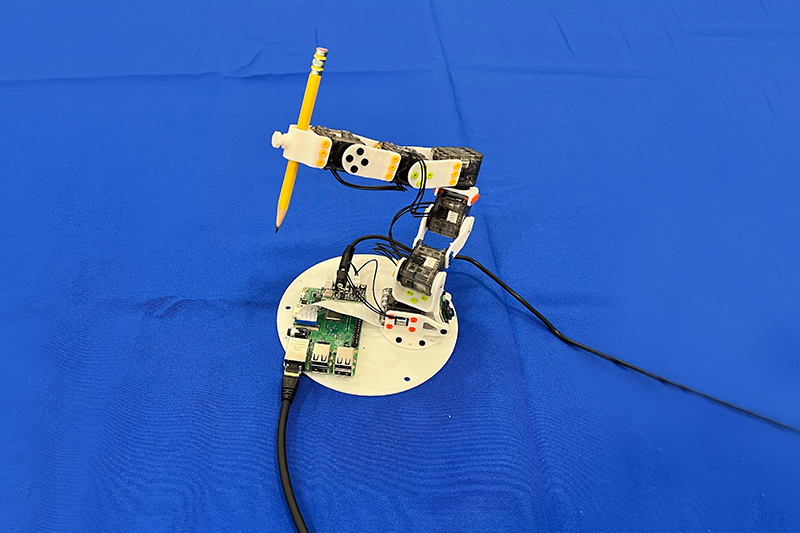Introduction to Neural Jacobian Fields
In an office at MIT’s Computer Science and Artificial Intelligence Laboratory (CSAIL), a soft robotic hand carefully curls its fingers to grasp a small object. The intriguing part isn’t the mechanical design or embedded sensors — in fact, the hand contains none. Instead, the entire system relies on a single camera that watches the robot’s movements and uses that visual data to control it.
What is Neural Jacobian Fields?
This capability comes from a new system CSAIL scientists developed, offering a different perspective on robotic control. Rather than using hand-designed models or complex sensor arrays, it allows robots to learn how their bodies respond to control commands, solely through vision. The approach, called Neural Jacobian Fields (NJF), gives robots a kind of bodily self-awareness.
How NJF Works
The system has proven robust across a range of robot types. The team tested NJF on a pneumatic soft robotic hand capable of pinching and grasping, a rigid Allegro hand, a 3D-printed robotic arm, and even a rotating platform with no embedded sensors. In every case, the system learned both the robot’s shape and how it responded to control signals, just from vision and random motion.
Look and Learn
This decoupling of modeling and hardware design could significantly expand the design space for robotics. In soft and bio-inspired robots, designers often embed sensors or reinforce parts of the structure just to make modeling feasible. NJF lifts that constraint. The system doesn’t need onboard sensors or design tweaks to make control possible. Designers are freer to explore unconventional, unconstrained morphologies without worrying about whether they’ll be able to model or control them later.
The Future is Soft
For decades, robotics has favored rigid, easily modeled machines — like the industrial arms found in factories — because their properties simplify control. But the field has been moving toward soft, bio-inspired robots that can adapt to the real world more fluidly. The trade-off? These robots are harder to model.
Applications and Potential
The researchers see potential far beyond the lab. Robots equipped with NJF could one day perform agricultural tasks with centimeter-level localization accuracy, operate on construction sites without elaborate sensor arrays, or navigate dynamic environments where traditional methods break down.
Conclusion
Neural Jacobian Fields is a groundbreaking approach to robotic control that uses vision to give robots a sense of bodily self-awareness. By learning how their bodies respond to control commands, robots can adapt to new situations and environments without the need for complex sensors or programming. This technology has the potential to revolutionize the field of robotics and make robots more accessible and affordable for everyone.
FAQs
- What is Neural Jacobian Fields?: Neural Jacobian Fields is a new system that allows robots to learn how their bodies respond to control commands, solely through vision.
- How does NJF work?: NJF uses a single camera to watch the robot’s movements and learn its shape and response to control signals.
- What are the potential applications of NJF?: NJF has potential applications in agriculture, construction, and navigation, among other fields.
- Is NJF available for use now?: The technology is still in development, but the researchers are working to make it more accessible and user-friendly.
- Can NJF be used with any type of robot?: The system has been tested on a range of robot types, including soft and rigid robots, and has proven to be robust and effective.











